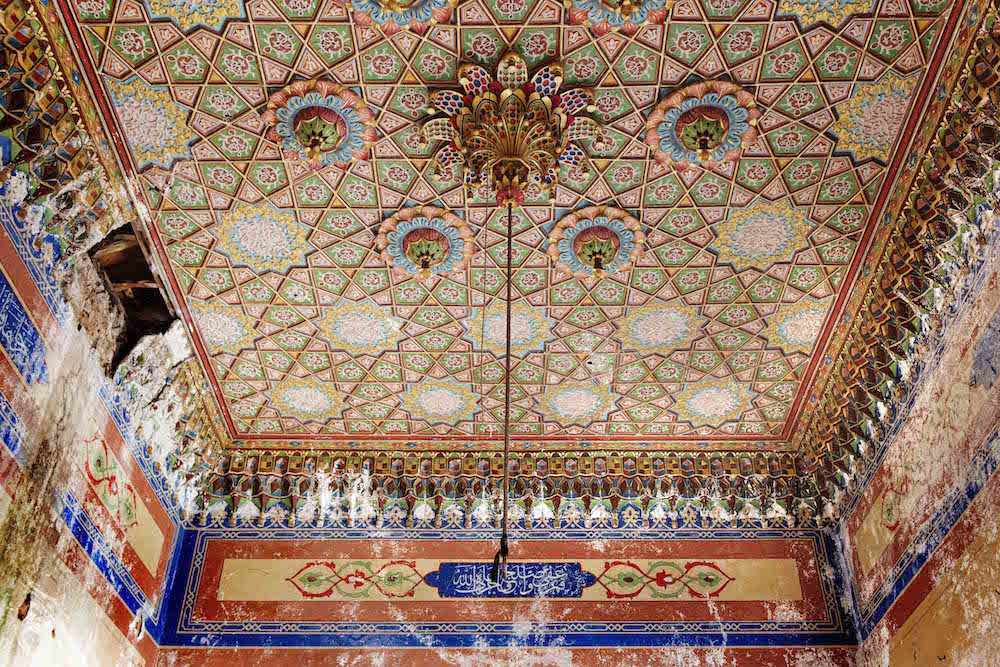
Art
A meeting with Annabel Karim Kassar of AKK Architects
We sat down with Annabel Karim Kassar, the sparkling founder of AKK Architects, right outside the magnificent mansion she’s currently restoring with her team. A sip of Café Najjar, sun rays and a happy honk’s fanfare, Beirut has no filters and neither has Annabel.
Annabel, tell us a bit about your background.
I did my architecture studies in Paris after a scientific Baccalaureat specialized in maths and physics, but I couldn’t see it become my daily life, even though I had an engineer father and that it was a good idea to remain in the field. Then I met my partner, we moved to Morocco , him for work and I myself started to undertake an architecture project that consisted in building hotels for the trucks drivers. Morocco is a country that is very spread out. That was really interesting.
Craftsmanship is excessively present and strong in Morocco. I was teaching at the same time and that was the first wake up call in my understanding that Arabic architecture is not only architecture. It’s also about artisan work and ornamentations which follow very logical and constructed rules. I believe we can not apply these rules to decoration. I was then trying to teach this, that you don’t just do an arch out of the blue. We actually see a lot of damages in the construction of arches and so-called Arabic arches.
After Morocco, I won a prize to rebuild the Beirut’s souks. I was looking for an opportunity to come settle down here (in Beirut) so I came and started both living and working here at the same time. Which I think is really important to stress because the country can be really different whether you’re working and you’re surrounded compared to having to be on your own. Everything is on another dimension here, we can sometimes feel a bit isolated.
It’s good to meet a lot of different people and not only always stay within your known circles. And yes, the country is in a region that’s a bit unstable, people live very very intensely. And it’s incredible.
So you are in Beirut but not only…
So I arrived In Beirut with the souk’s project, I also did a few other places like Momo at the Souks, I also did the one in JBR (a beach walk in Dubai), at Mall of the Emirates. I did one in Abu Dhabi, I also did a golf club in Ajman for which I won an award. In London, I realized a massive project, I was representing Lebanon for the Design Biennale, this was really a wonderful experience. AKK won the “Most exceptional design contribution” for our Mezzing In Lebanon installation.
We can feel that Lebanon is an inspiration to you.
Yes I realize that no matter what happens, I have a lot of exchange and emotions with this country.
Is it conscious?
Actually I think I do it pretty unconsciously, I’m not telling myself “Let’s do a Lebanon inspired project!”. There are many things that I do outside of a Lebanon concept but in my installations, I always bring a bit of the country. I did an installation in Milan, at the Statale Universita, with two obscurant cameras amongst which one was Lebanon, with a Lebanese Liwan and the other one was a mobile cinema in which you could watch 5 different movies. I definitely always bring movies in my set-ups.
It’s very interactive, it makes the experience very lively. Is there a project that has impacted you more than another?
The souks were really intense, they’re part of Beirut’s history. We’ve had a lot of ups and downs with it. The one in Ajman as well, was the first solidarity project for the Sheikh of the City which was a good exposure. The project started but then the financial crisis hit and we had to wait for it to fade. But we finished it. In any case, I always do projects where I feel emotionally connected and where I’m able to work with people whom I want to share something with.
How long will this project take you?
Two years I believe.
Is it important for you to maintain the authenticity of the house?
I really want to keep the colors for example, and especially on the second floor where they are all originals and moved through time. I really want to leave them as they are and not re-paint or re-plaster them. That would bug me. On the first floor, it’s been re-painted and it’s quite annoying.
Do you have an idea of the whole surface?
About 300 square meters.
Annabel then gave us a tour of the breath-taking beit. The insane luminosity, artisan work on the ceilings, the space. It’s an instant travel though the eras. We notice a piano. Annabel tells us that it belonged to a very eccentric pianist whose presence, she says, can sometimes still be felt in the house. This adobe, a pure gem from the last decade of the Ottoman empire, is a real attestation of what Beirut’s architecture used to be. As we exit the house, we land back in the 21st Century and the buzzing rue Gouraud that is the perfect depiction of what the capital is about: Modern Authenticity.
Pictures by Colombe Clier
PR by Mariana Whebe PR
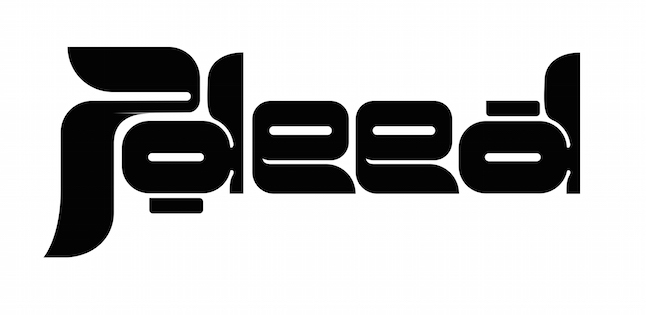
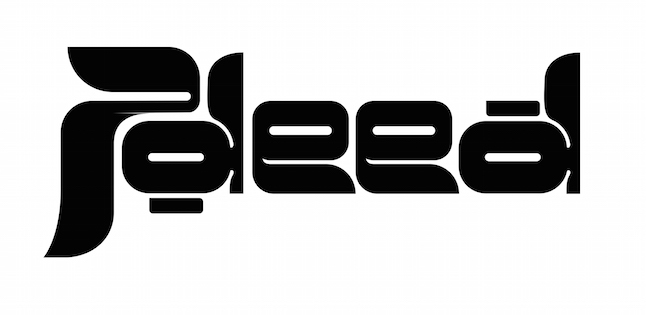
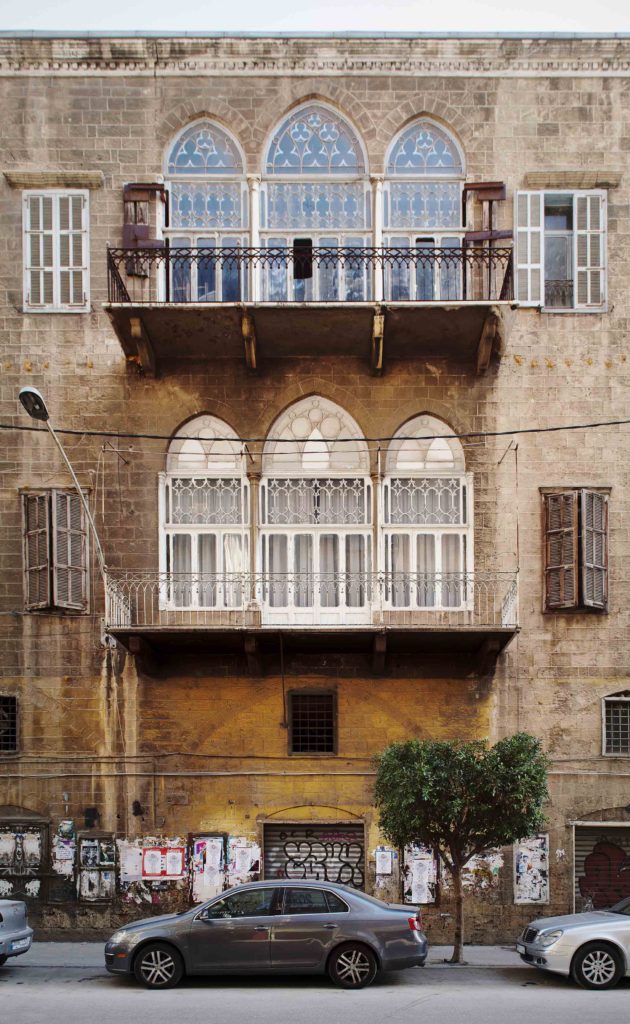
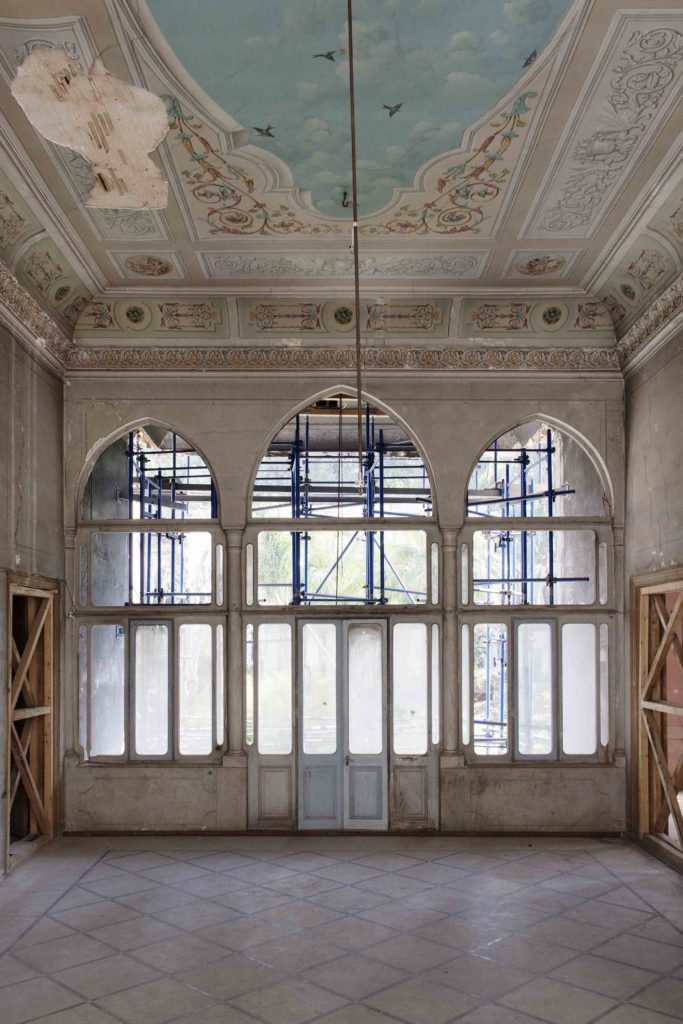

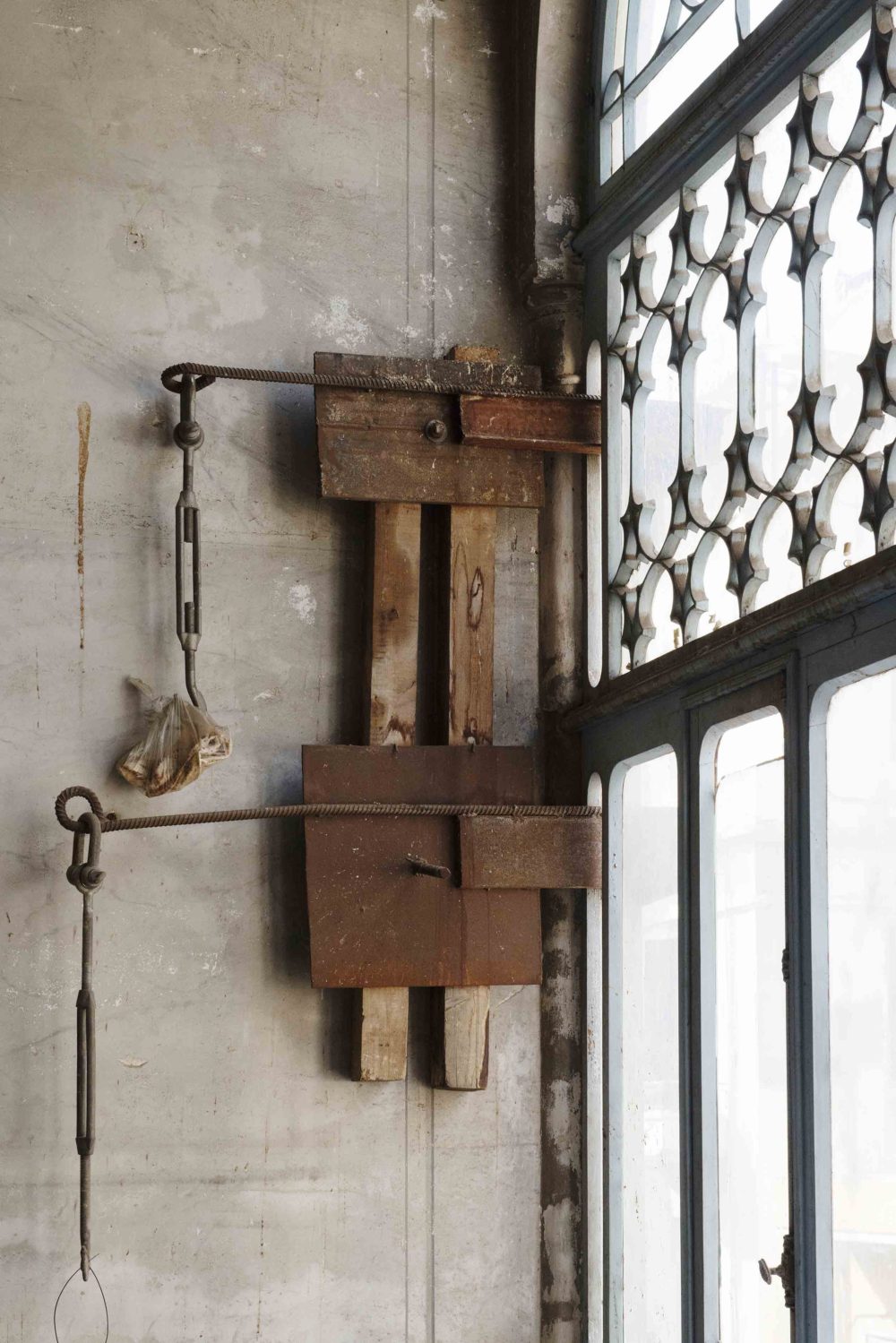



0 comments